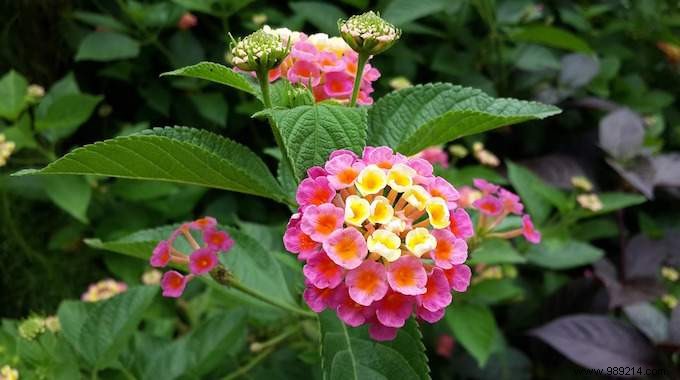
Looking for an easy-care plant?
A plant that doesn't need a lot of water?
Look no further, you've come to the right place!
Two gardening experts show us the most drought-tolerant plants .

These 8 plants will make your life easier and help you save water !
Here are the 8 plants that you will hardly need to water . Watch:
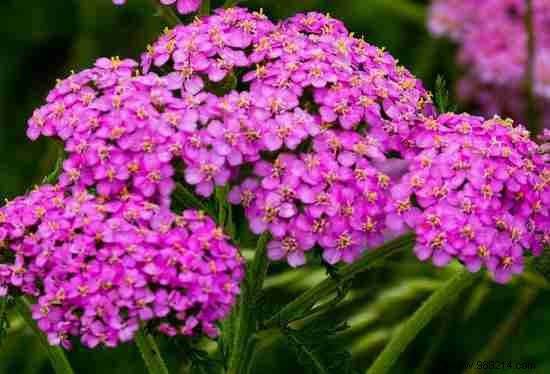
"This plant blooms actively in May and June. It is perfect in an ornamental garden to provide color such as pinks, purples and yellows," says Chris Lambton, Professional Landscaper.
Place it near plants that bloom earlier in the spring, such as tulips, or those that bloom later in the summer.
Yarrow transitions between the flowers of these two seasons. It thrives in warm conditions and can also be grown at high altitudes.
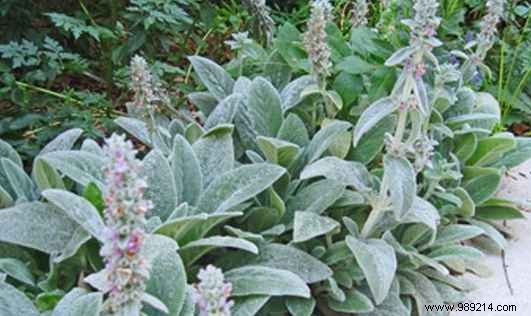
It is also called bear or rabbit ear. This herbaceous perennial has a unique texture.
Indeed, she is hairy and very soft!
"It should be planted in a semi-shady spot," says Lambton.
This plant hates hot and humid climates, so it is an excellent choice for dry climates.
In winter, in a cold climate, the plant seems dead, but it comes back to life in spring.
This plant spreads quickly as it grows so choose the right place to plant it. Do not hesitate to channel it regularly.
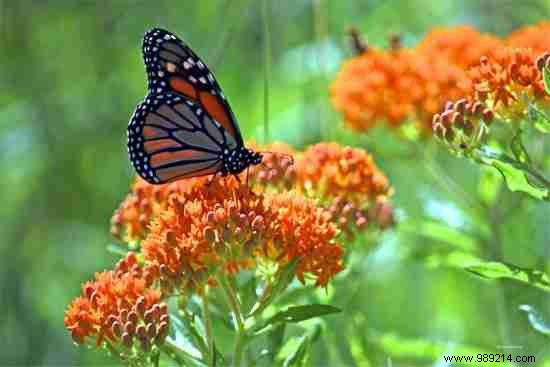
"These plants produce beautiful clusters of bright orange flowers that attract butterflies, especially monarch butterflies," says botanical expert Christy Dailey.
This perennial plant prefers sandy, well-drained soils. It blooms for a long time (May-September) and requires no maintenance .

"These long, fragrant stems produce pretty purple flowers that bees and butterflies love," Dailey recalls.
It flowers from late spring to October and can reach 60 cm to 1 m in height. It needs a lot of sun , but also resists cold and wind.
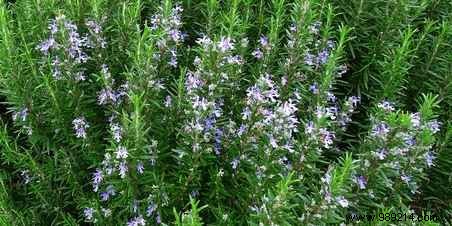
Rosemary is really nice to plant in the garden because it is beautiful to look at and edible.
"It's an evergreen, you'll want to prune it regularly to give it a nice shape. You can also use it for cooking," says Lambton.
Rosemary loves the sun and adapts well to dry conditions. If you live in a warm region, rosemary will have no problem growing from year to year.
In colder climates, you can leave it potted and bring it indoors in winter.
Or cover it with a winter veil if the winter is not too harsh. Rest assured, rosemary still resists light and short frost.
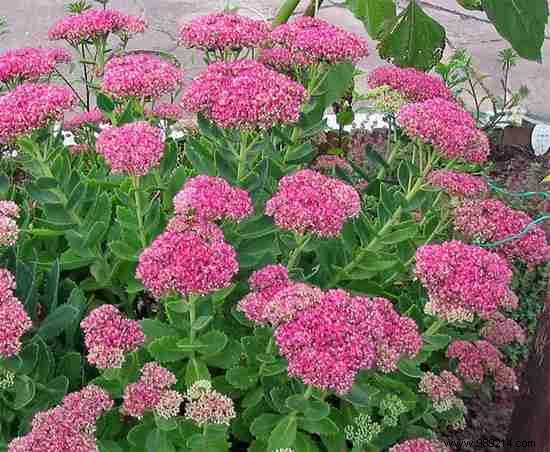
The fleshy leaves of this plant help it retain water in times of drought . "They come in all shapes and sizes," says Dailey.
Some varieties grow straight while others crawl low to the ground.
All have flowers of pretty bright pink, lime green, and other shimmering colors.
Stonecrop grows especially in soils where water drains quickly.

Known for its large purple flowers, this plant is native to the central United States.
It is often used as a natural treatment for colds and other illnesses.
These plants have a very pleasant summer touch. Theytolerate the sun easily and dry soil.
But it will still be necessary to water them a little bit in the middle of summer if it does not rain.

The lantana has about 150 species that are native to tropical regions of South America and Africa.
Fortunately, these plants can also grow elsewhere in the world.
"This plant has a wide variety of colors, and amazingly, it often changes hues during their flowering cycle."
"You'll have multi-colored blooms all season long," says Lambton.
When planting, it will still be necessary to water the plant more often.
But once it has taken hold, it will only need to be watered once a week.